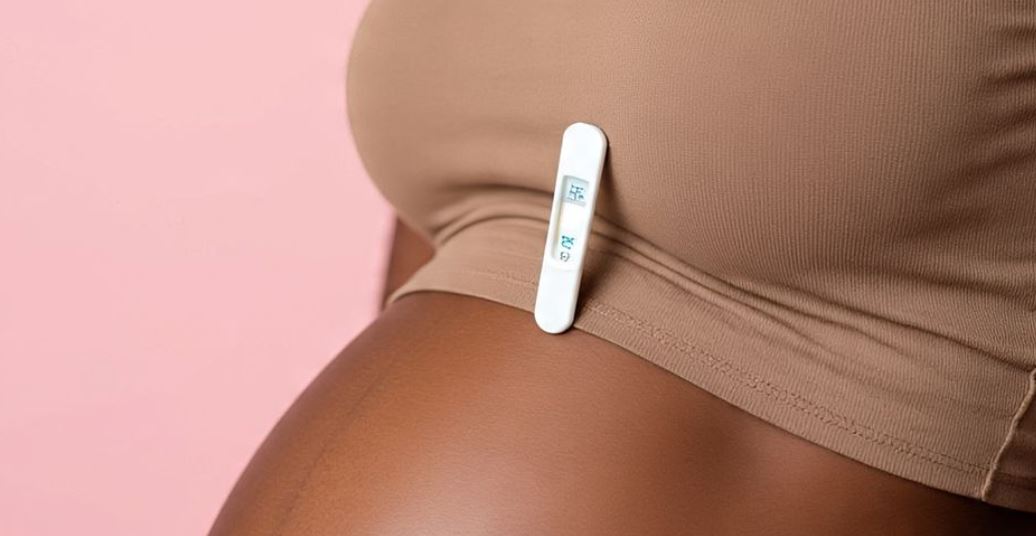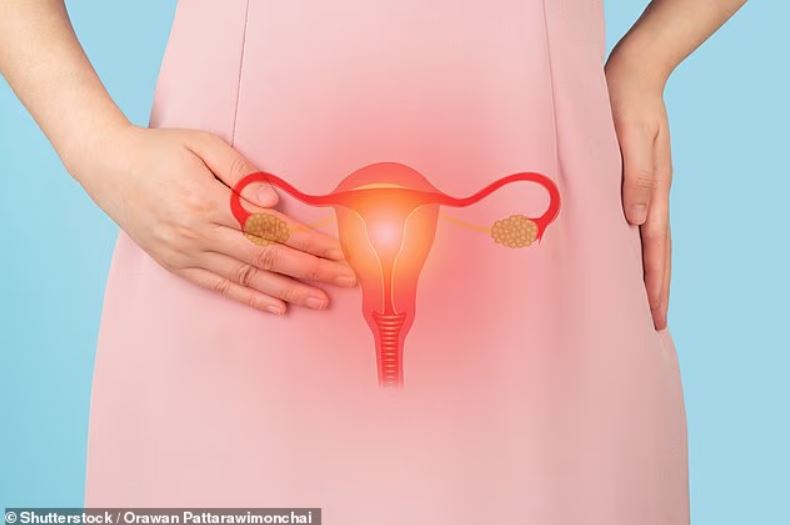Can technology add to factors that cause male infertility? This article explains how the use of laptops can cause male infertility.
A study published on Human Reproduction Update showed a significant decline in sperm counts in men between 1973 and 2011.
Also, an article published on usatoday.com indicated that there had been a slump in the sperm count of men in the western world in the last four decades.
Studies like these have raised concerns s regarding reproduction in males. Male sperm counts have been dropping, yet scientists can’t tell exactly why.
Different theories and suggestions have been made regarding why there has been a decline in sperm counts or male fertility. Among some of the culprits that have been mentioned include an increase in testicular temperature, obesity, smoking and stress.
Perhaps the use of technological tools like laptops can cause male infertility. This article will discuss that.
Increased testicular/scrotal temperature can cause sperm abnormality
Different studies have shown that an increase in testicular temperature is the cause of abnormal spermatogenesis in some common male infertility-related diseases such as undescended testicles and varicocele.
The testicles (also called testes) are the male reproductive organs responsible for two main functions- sperm production and the male hormone, testosterone production. Ideally, sperm production is at its best when the testicles are cooler than the body temperature.

Placing a computer on the laps while working can cause increase in scrotal or testicular temperature which can in turn cause sperm defects
High testicular temperature means when the temperature around the testicles is high. The testicles require a temperature that is about 2-4 degrees Celsius lower than that of the body to function optimally.
This means that for optimal functionality, the testicles require a temperature of about 35 degrees Celcius (two degrees below the body temperature of 37 degrees Celsius).
The scrotum (or scrotal sac) is the skin that looks like a bag that holds the testicles and protects them. The testicles are enclosed within the scrotal sac.
Since the testis lies within the scrotum, an increased scrotal temperature could also mean an increased testicular temperature.
The scrotum is external male genitalia and is located underneath and behind the penis. Normally during embryogenesis (the events that occur during the first eight weeks after fertilization), the testis is initially located intraperitoneally within the abdominal cavity.
But, around eight weeks of gestation, the testis starts descending (under the gubernaculum testis guidance) into the scrotum. It completes its descent by the middle of the third trimester.
When the testis does not move to descend into the scrotum, the condition is called cryptorchidism or undescended testicles.
Descent of testis into the scrotum (which lies outside the body) is one way to ensure that the testes are kept at a temperature cooler than that of the body.
However, in cases where the temperature of the testes increased, it can be detrimental to spermatogenesis and can as well damage already produced sperm cells.
When exposed to too much heat, the sperm cells can die, sperm production can reduce, and might lead to the formation of abnormally shaped sperm cells, resulting in infertility.
























